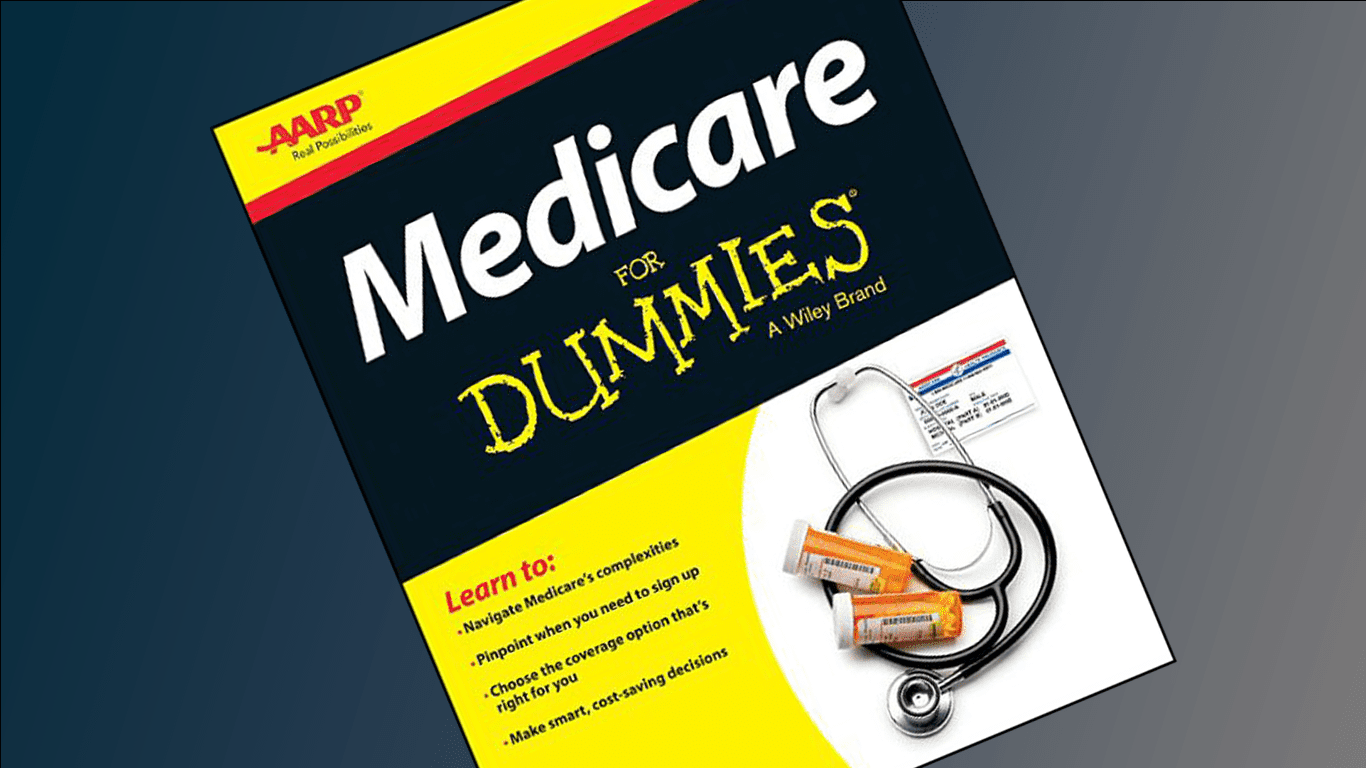We don’t care how smart you are – Medicare is confusing. Whether this is your first time enrolling or you’ve been a Medicare beneficiary for many years, you’ll always have questions about your coverage. That’s OK! (That’s why you’ve got knowledgeable agents like us who specialize in all things Medicare!)
Once in a while, it’s a good idea to refamiliarize yourself with the basic concepts of the Medicare program. Today, we’re going to review the four parts of Medicare, what each covers, costs associated with Medicare, and some of the more important enrollment periods.
What is Medicare?
Medicare is a federal program that was created for retired individuals. It offers health insurance coverage to those who are 65 and older. It also provides coverage for individuals who have End-Stage Renal Disease (ESRD), Lou Gehrig’s disease, and individuals who have been on disability for two years, regardless of their age.
The Parts of Medicare Explained
There are four “parts” of Medicare: Parts A, B, C, and D. Plus, there is also an additional coverage option for Medicare beneficiaries called a Medicare supplement. Each part of Medicare has some costs associated with it, so we’ll include those costs in our discussion about their benefits.
Medicare Part A
Part A covers inpatient hospital care. It is your “room and board” for hospital stays. After you have met the deductible, Part A will pay for the first 60 days of your hospital stay, but after that, the portion it pays will begin to decrease.
Most people receive premium-free Part A. As long as you have worked and paid Medicare taxes for ten years (or 40 quarters), you will not pay a monthly premium for Part A. If you have only worked for at least 30 quarters, you will pay $259 each month, and if you have paid Medicare taxes for less than 30 quarters, you will pay the full monthly premium of $471. Of course, this number generally increases each year.
There is a deductible associated with Part A. In 2021, the deductible was $1484. This deductible works differently than others you may be used to as it is not an annual deductible. This deductible applies as soon as you have been admitted as an inpatient at a hospital. Once you have been hospital-free for 60 days, the deductible resets.
Medicare Part B
Part B covers medically necessary services and preventive care. This includes visits to your providers, diagnostic tests, surgeries, and durable medical equipment. There are coinsurance costs associated with these services. Many times, the Medicare beneficiary is responsible for about 20% of the cost of services.
Medicare Part B does have a monthly premium. In 2021, that premium was $148.50. However, if you are a high-income earner, you could pay a higher premium. Those with low incomes can apply for financial assistance.
The deductible for Part B was $203 in 2021. Unlike the Part A deductible, this one is only applied annually.
Medicare Part C
Part C refers to Medicare Advantage plans. These Part C plans are sold by private insurance companies who have been approved to sell such plans. Part C plans replace your Part A and B coverage from the government. If you enroll in Part C, all of your medical coverage will be provided directly from the insurance carrier.
Medicare Advantage plans offer at least as much coverage as Medicare Parts A and B, but they often come with more benefits. They often include benefits for routine dental, vision, and hearing services, and many of them include prescription drug coverage.
There are several types of Medicare Advantage plans, so you will want to understand the differences before choosing one of these plans.
Medicare Part D
Part D includes all the plans that offer prescription drug coverage. Like Part C plans, these are sold by private insurance companies. Each plan is different, including how much you’ll pay in premiums, deductibles, and copays or coinsurance. They will also differ in which prescriptions they cover, so be sure that your current prescriptions are part of the drug formulary before you enroll.
If you do not have prescription drug coverage as part of your Medicare Advantage plan, you will want to enroll in a Part D plan. Also, if you choose to enroll in a Medicare supplement (that we’ll discuss next), you will need to enroll in one of these plans.

Medicare Supplements / Medigap Plans
Medicare supplements offer additional benefits outside of Medicare Parts and B. They are also called Medigap plans because they fill in the “gaps” of Parts A and B.
There are ten Medicare supplements to choose from, and they are offered by a variety of insurance carriers. However, each of the ten plans is the same, no matter which company you purchase one from. These plans only cover services that Parts A and B have also agreed are medically necessary.
Unlike Medicare Advantage plans, they do not offer coverage for routine dental, vision, or hearing services or any prescription drug coverage. As we mentioned, those who enroll in a Medigap plan will also need to purchase a stand-alone Part D plan.
Important Enrollment Periods
Enrollment periods are critical in Medicare. Missing an enrollment period could cause you to incur a penalty or be left without coverage altogether.
Initial Enrollment Period
First things first. You Initial Enrollment Period pertains to the very first time you become eligible for Medicare. This period begins three months prior to your 65th birthday and lasts until three months following your 65th birthday.
If you are not automatically enrolled in Medicare, you’ll need to use this period to enroll in Medicare Parts A and B.
Special Enrollment Period
The Special Enrollment Period will not apply to everyone. You will be eligible for an SEP if you have a qualifying life event. Events that qualify are things like marriages, divorce, leaving an employer, or moving states.
General Enrollment Period
If you do not apply for Parts A and B during your Initial Enrollment Period and you do not qualify for a Special Enrollment Period, you can apply for Parts A and B during the General Enrollment Period, which happens each year from January 1 to March 31.
Annual Enrollment Period
The AEP applies to Medicare Advantage and Part D plans. These two types of plans can (and do) change each year, so members can use the AEP to decide if they would like to change their coverage for the upcoming year.
The AEP happens each fall from October 15 to December 7. Changes made during this time will go into effect on January 1.
There is quite a bit more to know when it comes to Medicare, but this guide should give any “dummy” a good understanding of how Medicare works. Remember, you don’t have to make these decisions alone! Call today and schedule an appointment with one of our Medicare experts.

